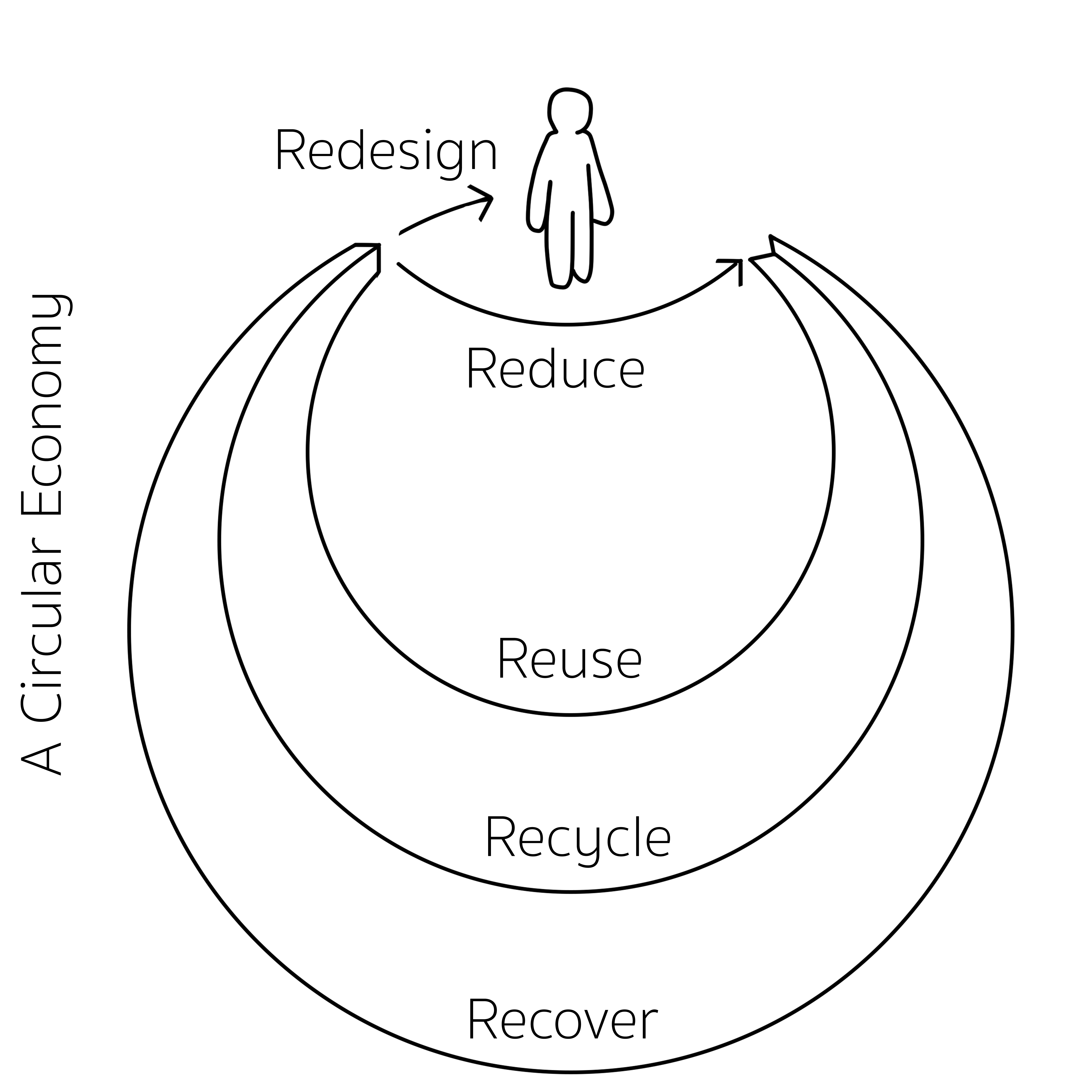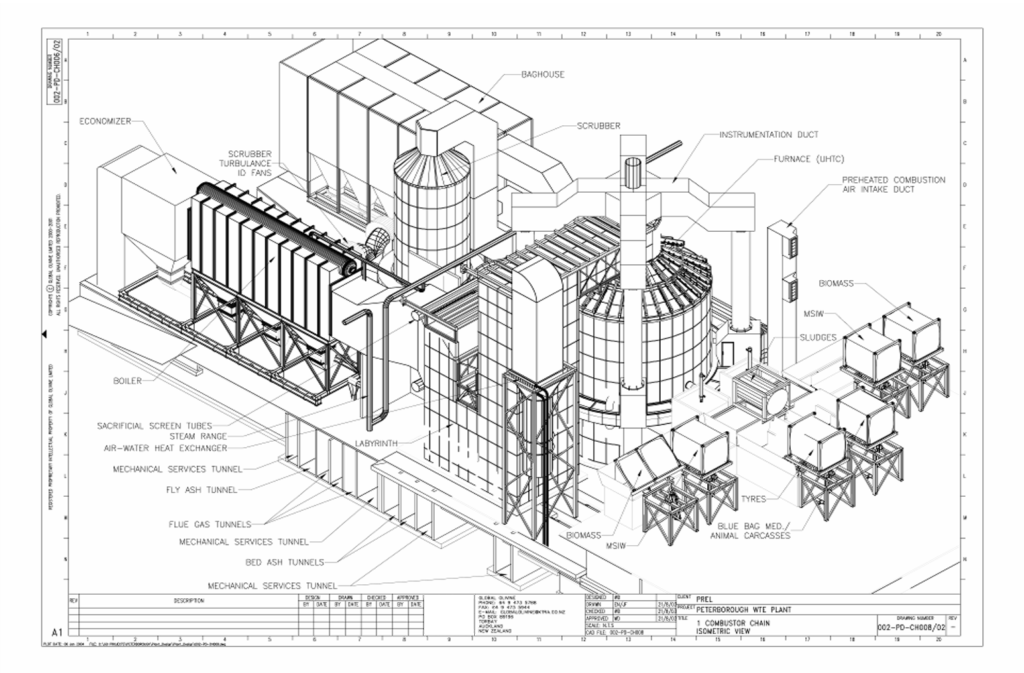Waste recovery technology can convert waste into energy, clean water, and building materials while lowering Aotearoa’s CO2 footprint by up to 1.5 million tonnes per year. It can be New Zealand’s biggest step towards a circular economy.
The journey to a circular economy
A circular economy uses resources many times over. That means we take fewer things out of the earth, extract greater value from them, and dump nothing.
New Zealand has a linear economy. While many groups make a huge effort to reduce and salvage waste, most resources still get used once and dumped.

What a circular economy looks like:
Reduce:
We design products that require fewer raw materials.
Reuse:
Products are long-lasting, with many applications.
Recycle:
More materials are recyclable.
Recover:
There’s a productive use for absolutely everything.
Waste is obsolete.
Where New Zealand is now:
Consumption of raw materials is increasing.
Almost 0% is reused.
30% is recycled.
5% is recovered.
65% goes to waste.
The journey to a circular economy
What a circular economy looks like
A circular economy uses resources many times over. That means we take fewer things out of the earth, extract greater value from them, and dump nothing.

Reduce:
-
- We design products that require fewer raw materials.
Reuse:
-
- Products are long-lasting, with many applications.
Recycle:
-
- More materials are recyclable.
Recover:
-
- There’s a productive use for absolutely everything. Waste is obsolete.
Where New Zealand is now
New Zealand has a linear economy. While many community groups make a huge effort to reduce and salvage waste, most resources still get used once and dumped.

-
- Consumption of raw materials is increasing.
- Almost 0% is reused.
- Consumption of raw materials is increasing.
-
- 30% is recycled.
-
- 5% is recovered.
-
- 65% goes to waste.
We can move towards a circular economy now.
With existing technology. In a way that is affordable.
Our part to play
The first step toward a circular economy is to end the linear one. Green Energy and Water (GE&W) will take that role – working with councils and community to put every gram of waste to productive use.
We can take landfill-bound waste, salvage recyclable materials, then convert the rest into energy and building materials. The process neutralises toxins and contaminants that would otherwise leach from landfills. See how it works.
The first step toward a circular economy is to end the linear one. Green Energy and Water (GE&W) will take that role – working with councils and community to put every gram of waste to productive use.
We can take landfill-bound waste, salvage recyclable materials, then convert the rest into energy and building materials. The process neutralises toxins and contaminants that would otherwise leach from landfills. See how it works.

